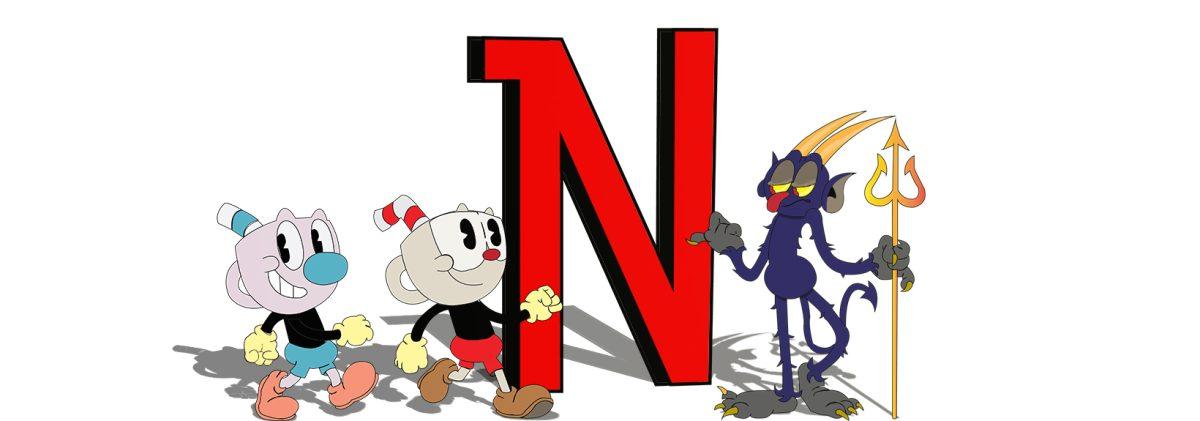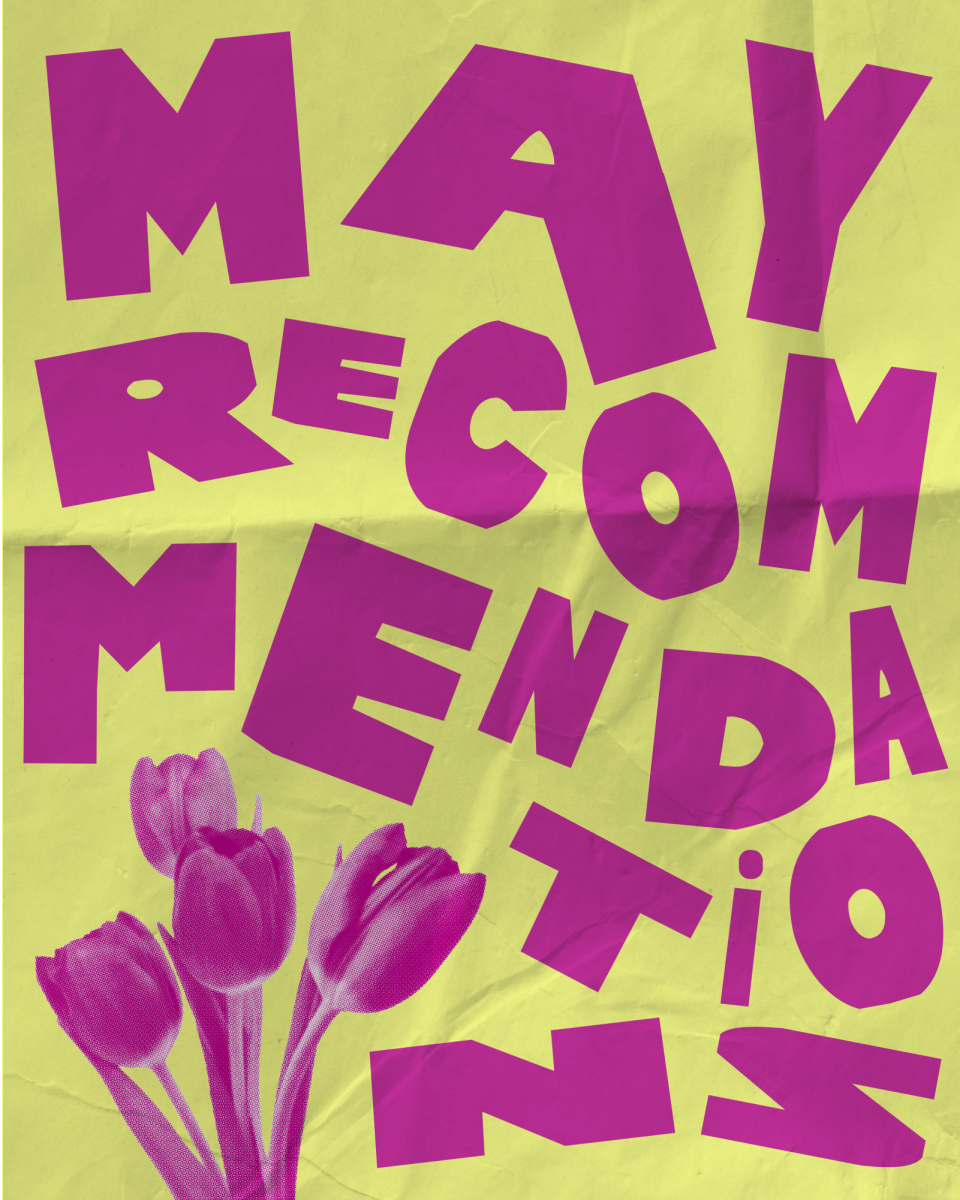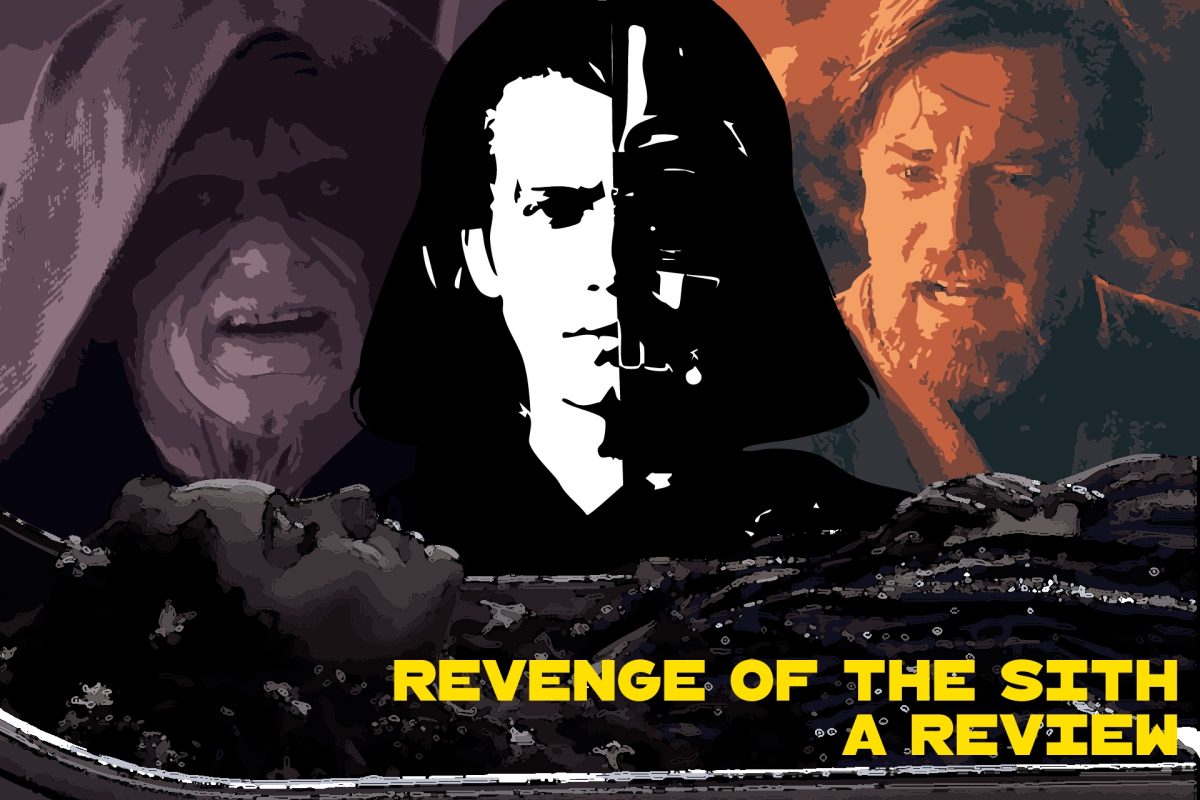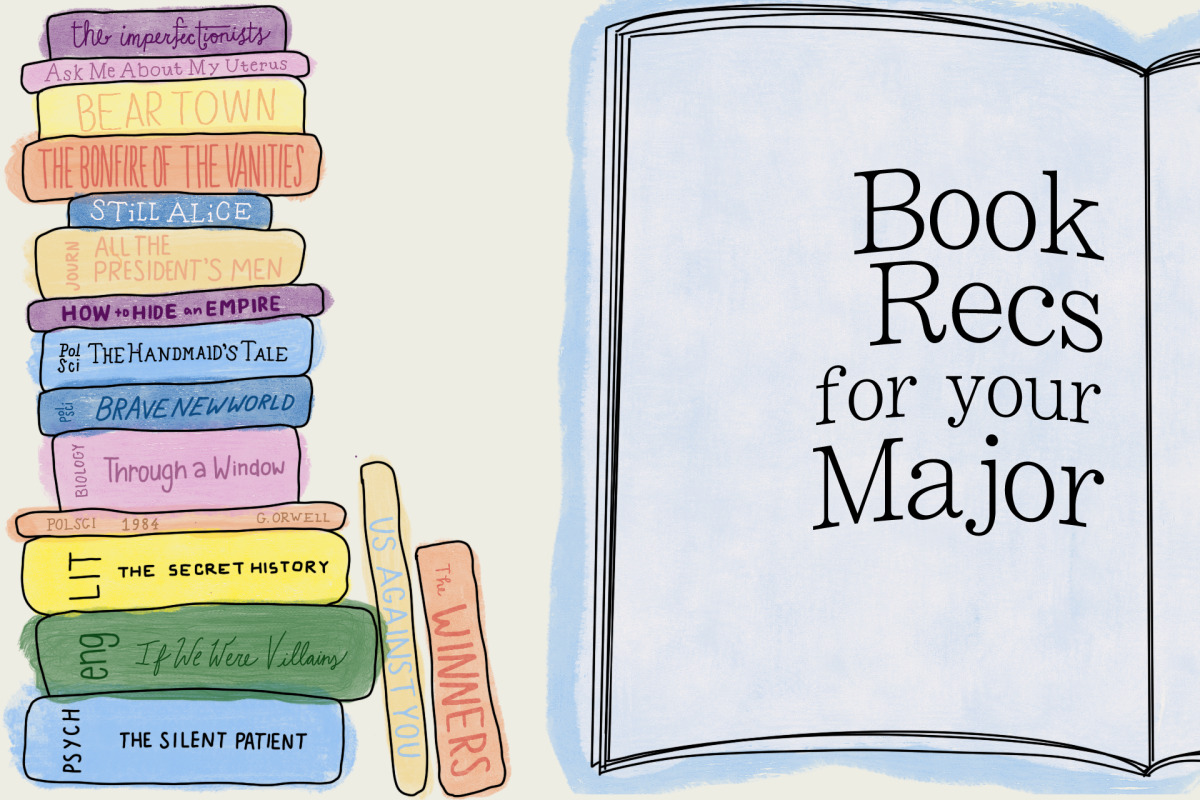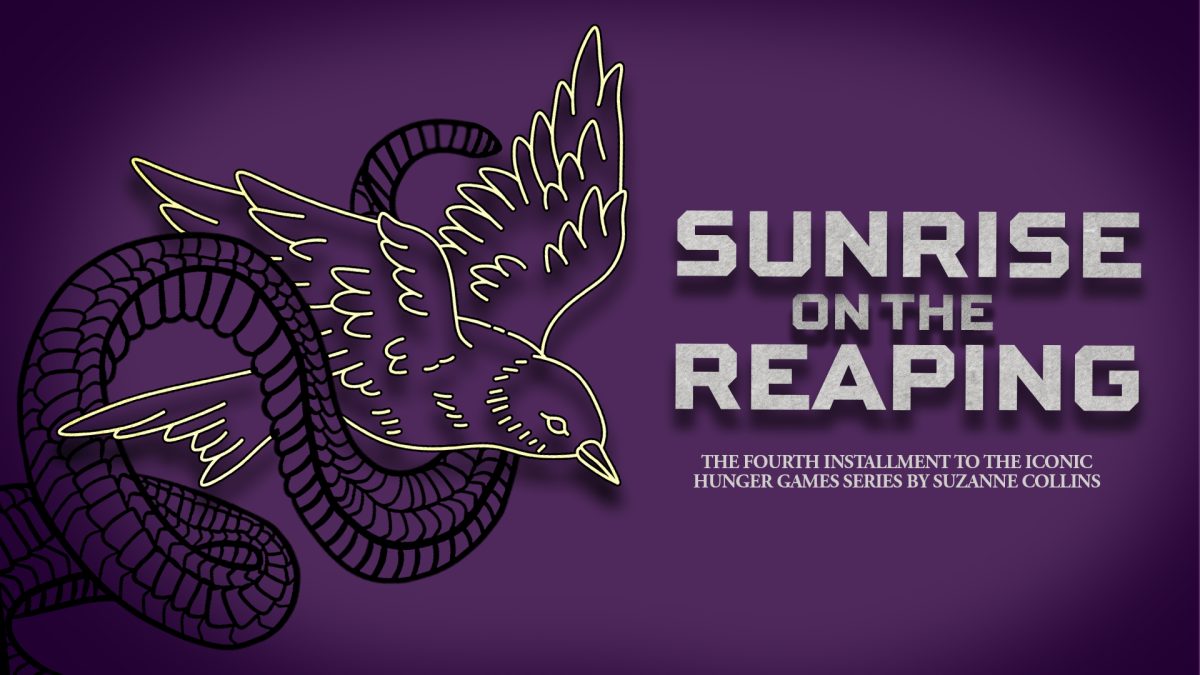On Feb. 18, Netflix released season one of “The Cuphead Show!,” based off of the hit video game “Cuphead” that took the gaming community by storm in 2017. The show took after the game in attempting to capture the 1930s feel using rubber hose animation style. The game was revolutionary and resonated with audiences for many reasons. It was the first game to feature a completely hand-drawn style that revisits the art and ambiance of the early forgotten 1930s animation style. The game was a tough boss rush that took over players with its beautiful visuals and difficult bosses.
The new show tries to imitate the style and feel of the game, to a moderate success. Though it does keep a lot of the looks, it missed on a few things that made the game great. It misses a lot of that 1930s “dark tone” and imagery that I would have liked to see, but maintained elements of the visual style that made it stand out. If you are a big fan of the game, it is worth checking out, even if just to see more of our favorite Inkwell Isle residents.
The story follows Cuphead and Mugman and their escape from the Devil. After going to a carnival, Cuphead accidentally sells his soul, and it is up to the two brothers to try to protect themselves. The two adventure around their home on Inkwell Isle and get into trouble with the island’s many habitants.
In the game, the characters of Cuphead and Mugman had little to no personality. They were a pretty blank slate for the player to project themselves onto. I was curious to see what kind of personalities the Netflix show would give them. I felt initially put off by how articulated the characters’ voices are. I eventually got used to it enough to look past the fact that they didn’t sound like the kids they were supposed to be.
My main issue was how irritable the brothers were. It is a common complaint that I have with a lot of children’s media — how people think making their characters loud and obnoxious is the only way to make them entertaining. The best character, though, was Elder Kettle. As a grumpy college student who just wants to nap and have some peace and quiet, I found Kettle very relatable and one of the biggest highlights of the show. I am glad they dedicated an entire episode to him, “Dirt Nap,” and it’s the only one that consistently made me laugh.
I eagerly waited for our first look at the show to see what Netflix was going for. Once we finally got a trailer and a better look at the animation style, I felt a bit confused. Though the character designs try to replicate that classic style, the animations seemed to lean more toward modern-day cartoons. Nevertheless, I waited for the show to arrive to conclude my final opinion. But after watching it, I still feel confused. It has the same art style as the period, but it misses that weirdly hypnotic movement that came along with it.
Ever since the first look at the show, I had one question on my mind. This was whether or not the show was going to stay true to both the game’s plot and its 1930s “rubber hose” animation style. Rubber hose is a style of animation popularized by American animators of the early 1930s. It gets its name from the character seeming to have very tube/hose-esque limbs that move in a rubber-esque fashion. It was revolutionary for animation and movies at the time and summeted itself as the major defining point of the 1930s.
Rubber hose cartoons had a constant, fluid motion to them — the character would constantly deform and change their shape. It gave the animations a creepy look and feeling, which the game heavily utilized. Though the show attempted to capture the look and feel of the games (a job of which it did decently well), it was still missing those extra steps. The animation of the show seems to go for a mix between modern animation and rubber hose. The show’s animation is missing a lot of that classic look and feel; they move just like any other cartoon character. Frames are drawn like a rubber hose character, but the full animation itself does not feel like a rubber hose.
The show only really attempts to capture the rubber hose style of animation with the Devil. It feels like the animators had a lot of fun while animating him, as his character fluidly moves and deforms itself, similar to the tropes of the 1930s era. The show also attempts to give the show a small “old-timey” filter to replicate the look and feel of the time periods restored tapes, though it is only noticeable at certain points. It keeps the look of the hand-drawn/painted watercolor backgrounds from the games.
Another area the show is extremely close to replicating is the look and feel of the music. 1930s movies often had loud and bombastic bands playing their theme music. They were usually accompanied by a single singer to give it a recognizable swing. The show seems to go for something similar with its background music of full-band pieces. My main nitpick is that it still feels a bit toned down and not as loud and present as they usually were. The music is a lot softer and less exaggerated than that of the 1930s. Though it starts off really well in its authenticity toward the time, it quickly breaks away to follow more modern music. It was still enjoyable and didn’t ruin anything for me.
I wish the show would have followed all of the tropes from the time period, such as some creepy imagery (yes, I know this is a kids show, but I can dream), and the classic trope of one movable/interactable object being drawn in a noticeably different style. These are small touches that would have added a lot and made the show feel like a bigger love letter to the classic style of animation.
Though it might have been silly of me to expect such a tall feat (with rubber hose most likely demanding a full 60 frames per second of animation, which would be unheard of for any modern studio), I still enjoyed the show. It was silly of me to have such high expectations going in, as this is a show for children who have no knowledge of the time period or animation. I still thought the show was a decent watch and recommend watching it if you were a fan of the games. With a second season confirmed for a summer release, I’m curious to see what else the show has in store.
Edited by Camila Fowler | cfowler@themaneater.com

